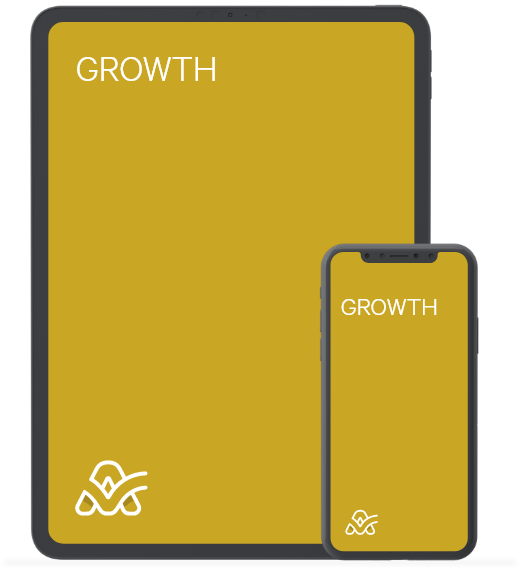Now we can roll up the sleeves and look for ways to achieve it.
The feature in question is offering our website's visitors the possibility to create a trial in their native language. How do we know if the idea we’re turning into reality will bring us the results we want? How do we answer this question as soon as possible, basing our answer on facts?
The solution is: defining a good metric and focus on testing the idea right away.
Goal metrics examples
Let’s go back to our case. These are some of the metrics we’d like to use to measure our progress toward the goal:
- The number of trials created in countries where Spanish/Portuguese/French are primary languages, daily
- The number of visits to our site from countries where Spanish/Portuguese/French are primary languages, daily
- The relation between these two numbers, from the moment we started tracking them
These metrics can show us if we’re on the right track.
- Is the number of visitors and trials increasing?
- Is the increase in the number of visitors related to the number of created trials?
- Is there a specific market performing better than the others?
The customers’ behavior will define the answers to all these questions, and our job is to keep track and react accordingly.
Focus on what’s important
Hypothesis n°2: So we’ve implemented a technical solution that allows us to suggest the users from countries where Spanish/Portuguese/French are primary languages to create a trial in their native language.
Keeping track of the numbers mentioned above, we conclude that the number of “Spanish” trials is growing, while the “Portuguese” ones are at a standstill (when compared to the baseline). Could this imply our translation is not good enough? Maybe we’re not getting the right message across, as we do in Spanish?

The numbers are red flags that we need to pay attention to in cases like this and find our way back to achieving the goal.
For example, we could contact some Portuguese-speaking users and check out whether they’ve encountered some difficulties while visiting our website. It could turn out the translation is just fine, but the market simply doesn’t generate as many trials as other markets do. This could lead us to focus our marketing campaigns on Spanish-speaking markets.
After all, our goal is to increase the total number of trials, not to increase our share in the Portuguese-speaking markets. As we said, the focus shifts from how to where, and “where” is a 10% increase, getting there leaves us space for creativity and ingenuity.
In other words, the result is what matters. It’s up to us to figure out the best possible way to reach the goal.
Look out!
For instance, we could track sales performance. However, this data won’t tell us if the number of trials is growing, which is actually our goal. Even though a connection between these two may exist, it’s important not to mix them up, as we risk losing focus on what’s important.
Mistake n°2: blindly following the numbers. It takes experience to know when to react and when to sit it out. Metrics tell a lot, but they’re not instructions. They’re red flags, alerts that need our attention.

We can illustrate the latter (mistake n°2) with our case. Let’s say the number of visitors from France to our website is declining for four days in a row. One option is: our technical solution is not meeting the customer’s standards. Another option: there’s a public holiday we don’t know about!
If such declines happen from time to time, maybe we should pay more attention to events that might cause them. Up until that decline, such events might have been blind spots, but thanks to the metrics, they won’t be anymore. Now we can check out the calendar for upcoming national holidays and adjust our marketing budget to them.
By avoiding mistake n°2 (blindly following the numbers), we’ll be a step ahead. We’ve listened to the metrics and looked for a cause. If we hadn’t done that, we could have dropped the “French” market after four days altogether, which would have taken us away from the goal.
To sum up
To be continued...



